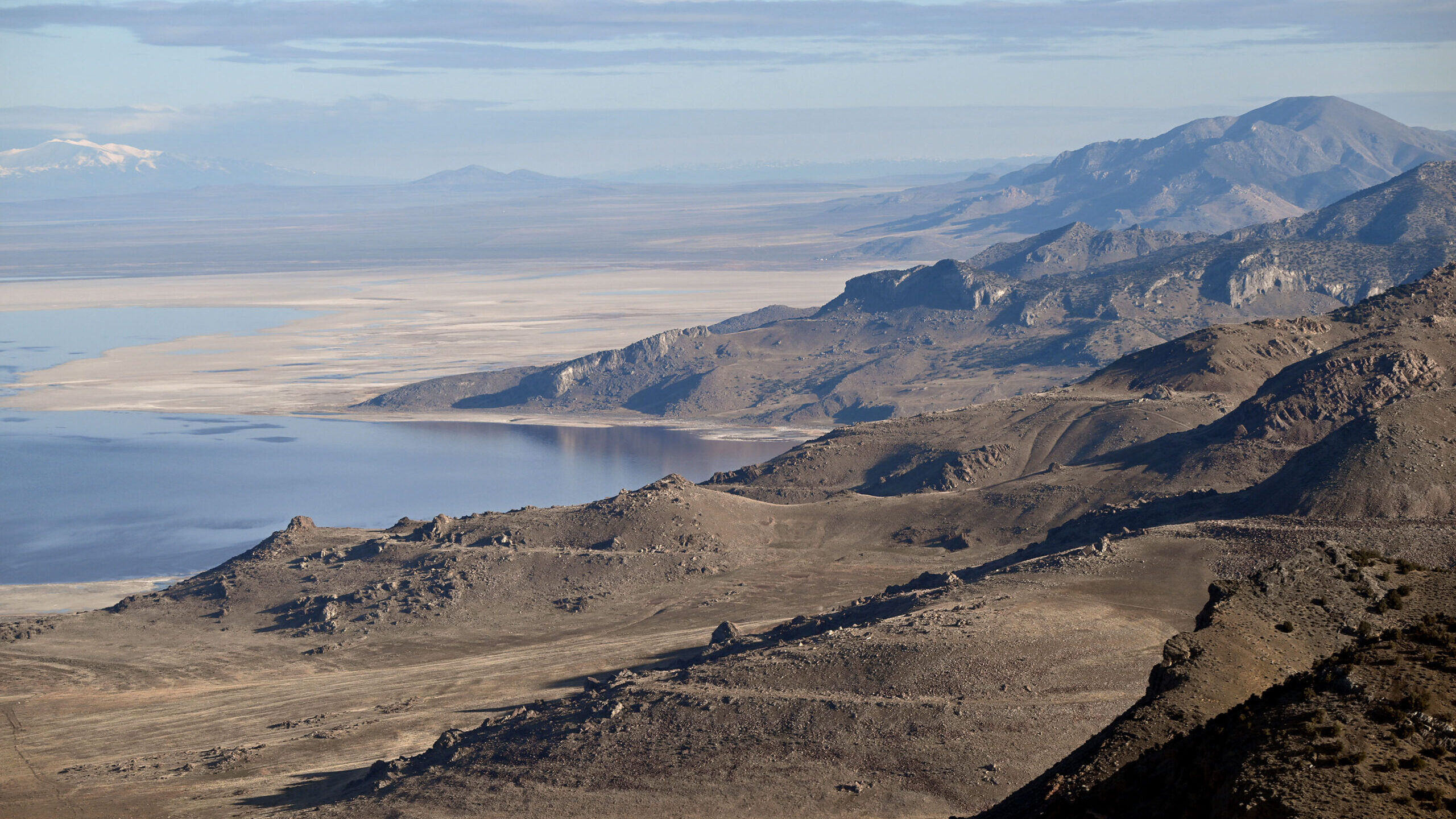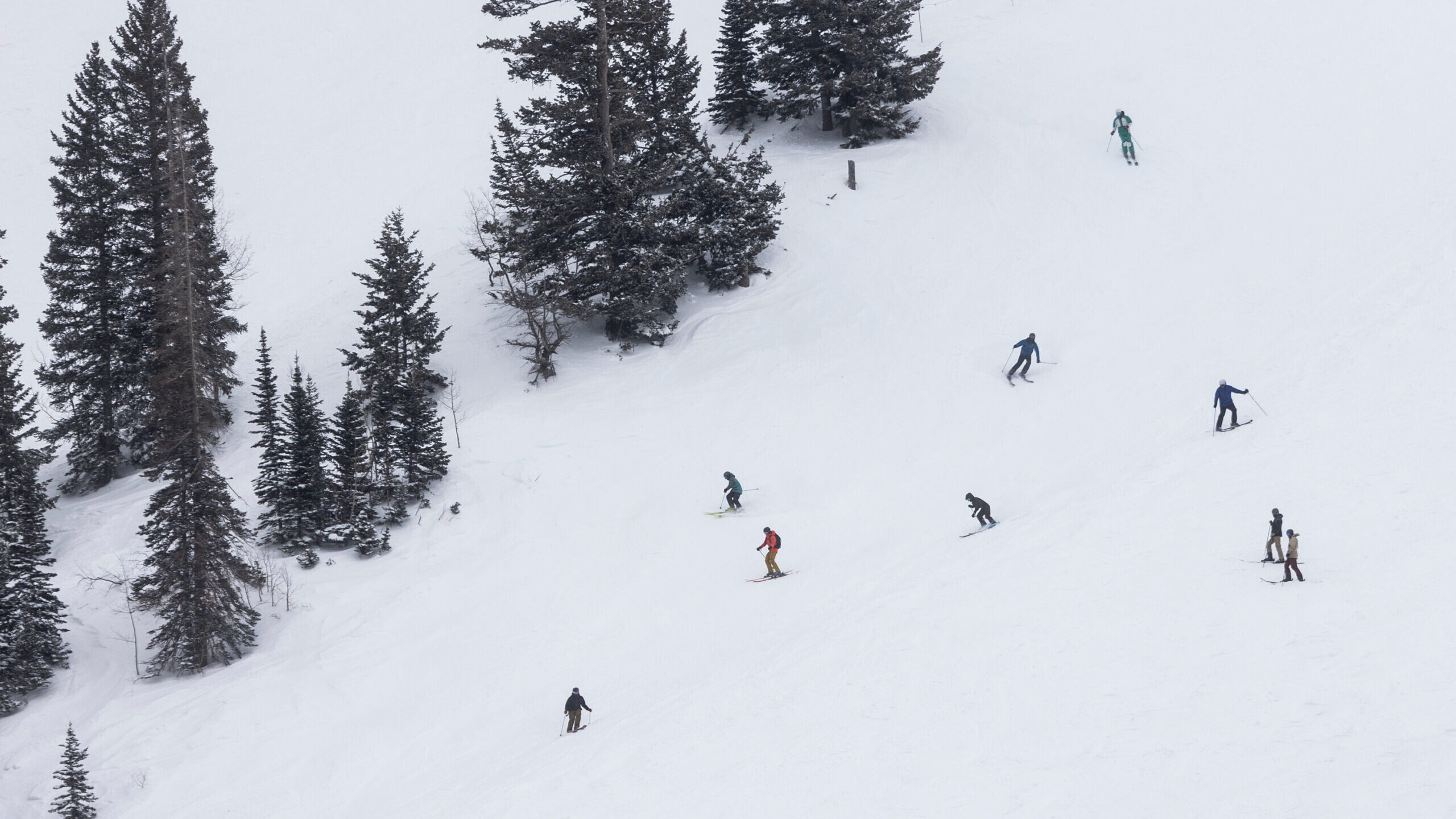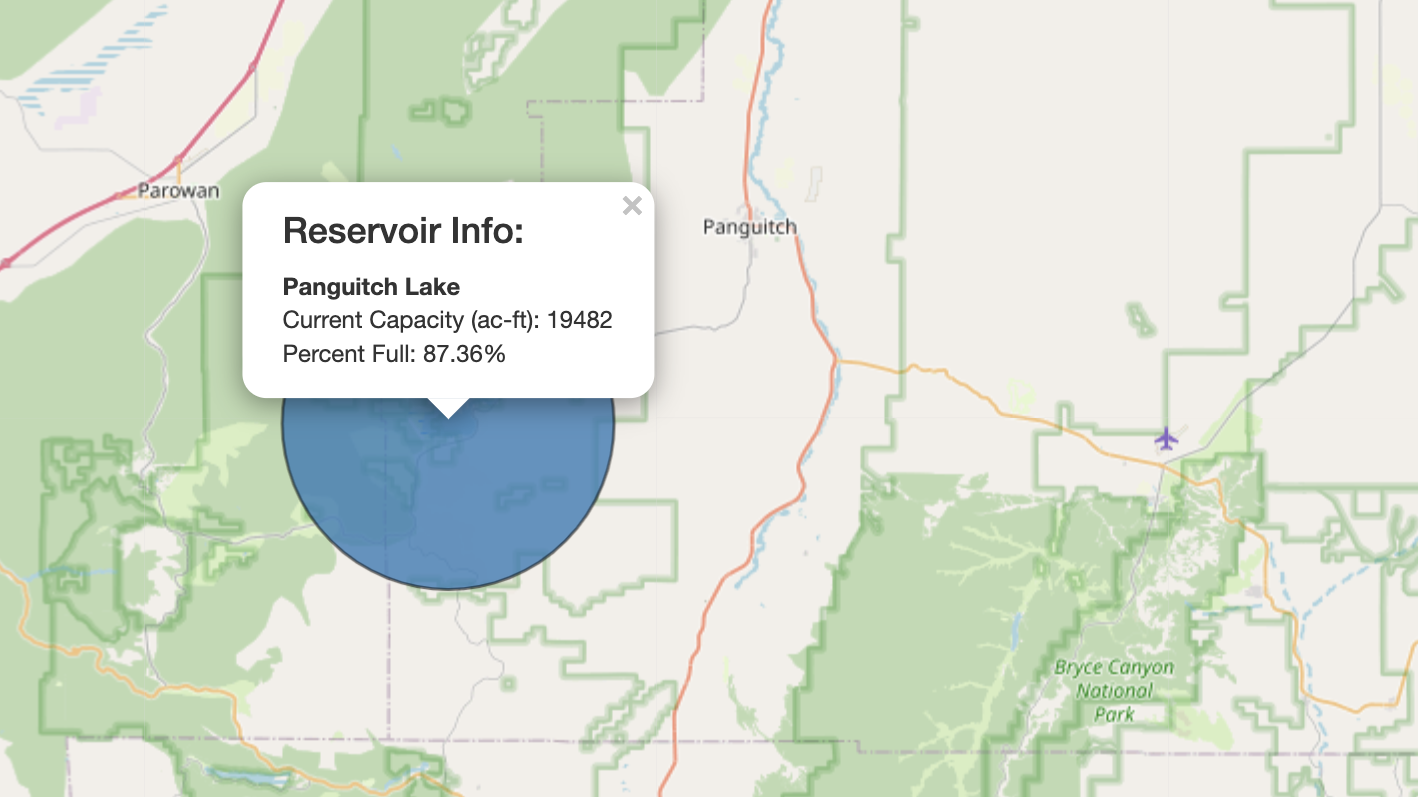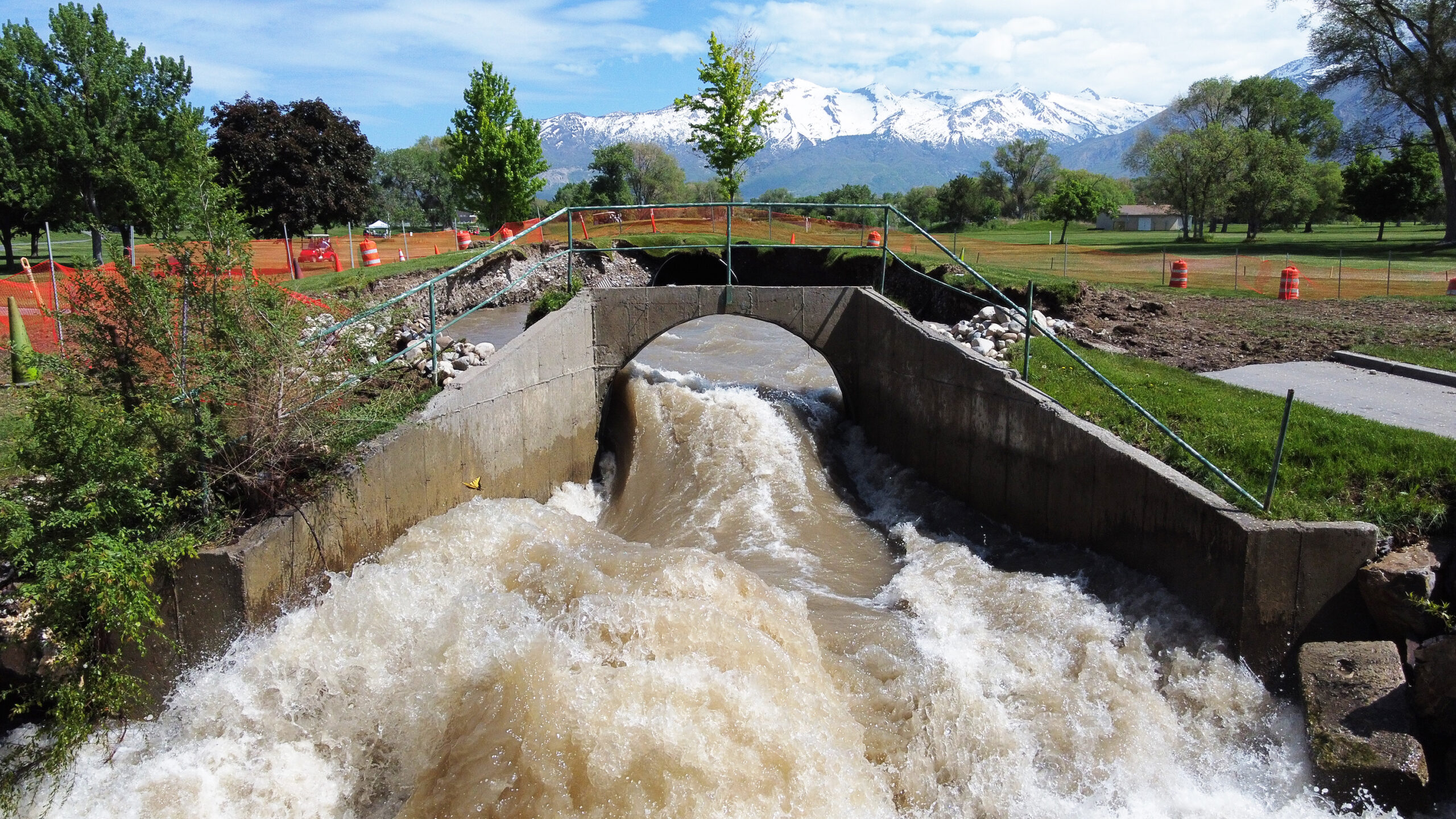Can recent rain and snowfall help fill Utah’s reservoirs?
Jan 10, 2023, 11:00 AM | Updated: Jan 13, 2023, 3:40 pm
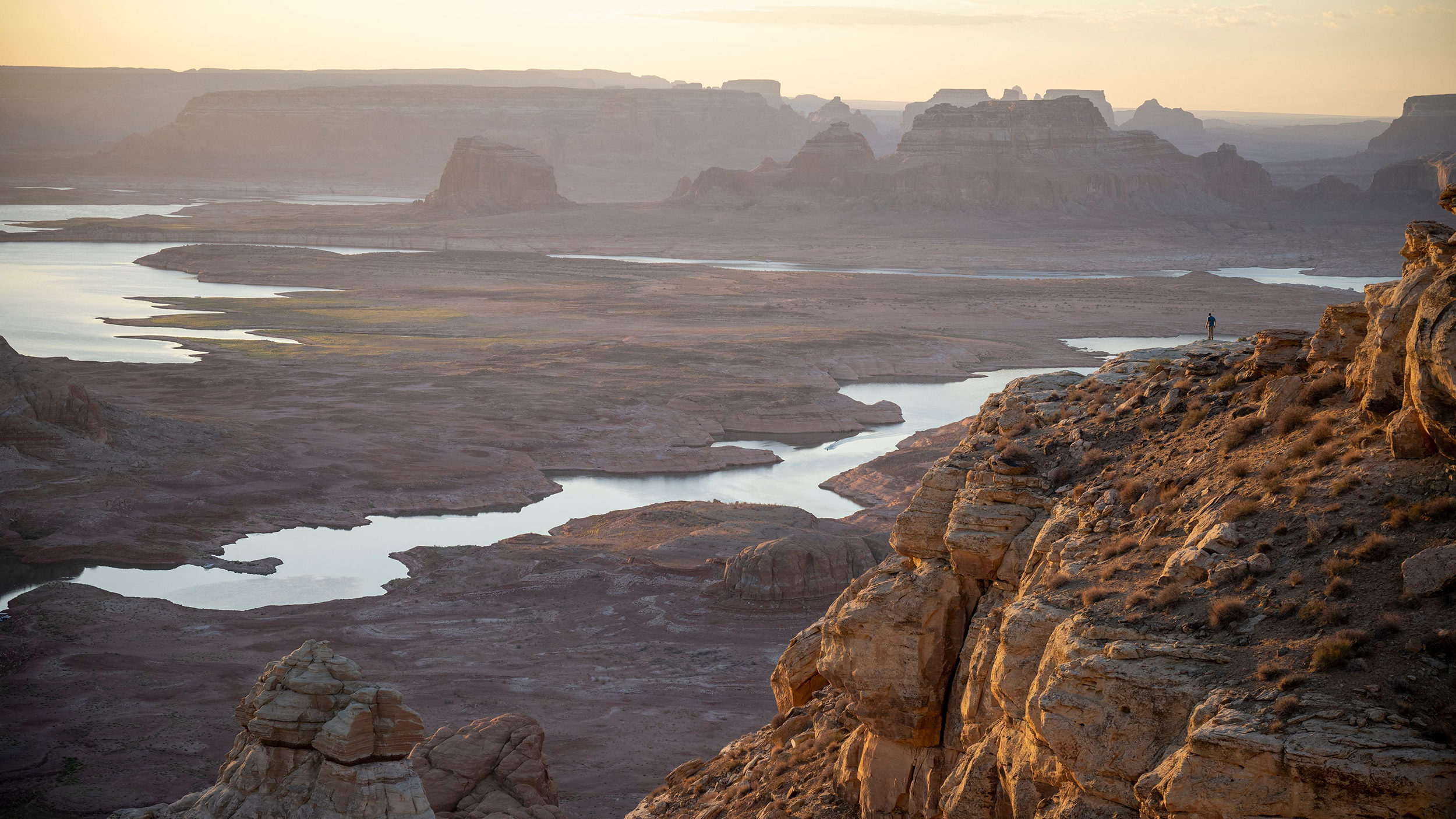
Visitors watch the sunrise over Lake Powell from Alstrom Point in Big Water, Utah, on September 3, 2022. - More than two decades of severe drought have left the Colorado River and its second largest reservoir, Lake Powell, at critical levels, as climate change leads to increased heat and decreased precipitation. In August the US government announced water supplies to some US states and Mexico will be cut to avoid a "catastrophic collapse" of the Colorado River. As of September 3, 2022, Lake Powell's water elevation was down to 3,531 feet, inching closer to dead pool status of 3,370 feet, the point at which the lakes water levels would be so low they would no longer flow downstream to power the hydroelectric power stations. (Photo by Robyn Beck / AFP) (Photo by ROBYN BECK/AFP via Getty Images)
(Photo by ROBYN BECK/AFP via Getty Images)
SALT LAKE CITY– The rain and snow continue to fall at above-normal rates across Utah. What does this mean for the state’s reservoirs?
Utah’s smaller reservoirs could do well with the rain and snow we’re receiving. But how about the larger ones?
Most of Utah’s mountains have received over 160% of its normal snowpack, so far this year. However, all this moisture has done little to raise the water levels at Lake Powell and other basins.
According to the Lake Powell Water Database, the reservoir loses 2,000 acre-feet per day more than it’s receiving. At that rate, if Utah has three more winters in a row like this year, then we may see water levels begin to return to normal.
Related:
- Future of Lake Powell is not looking so bright
- Gov. Cox responds to national attention on Utah drought
- Farmers confront grim choices in midst of severe drought


